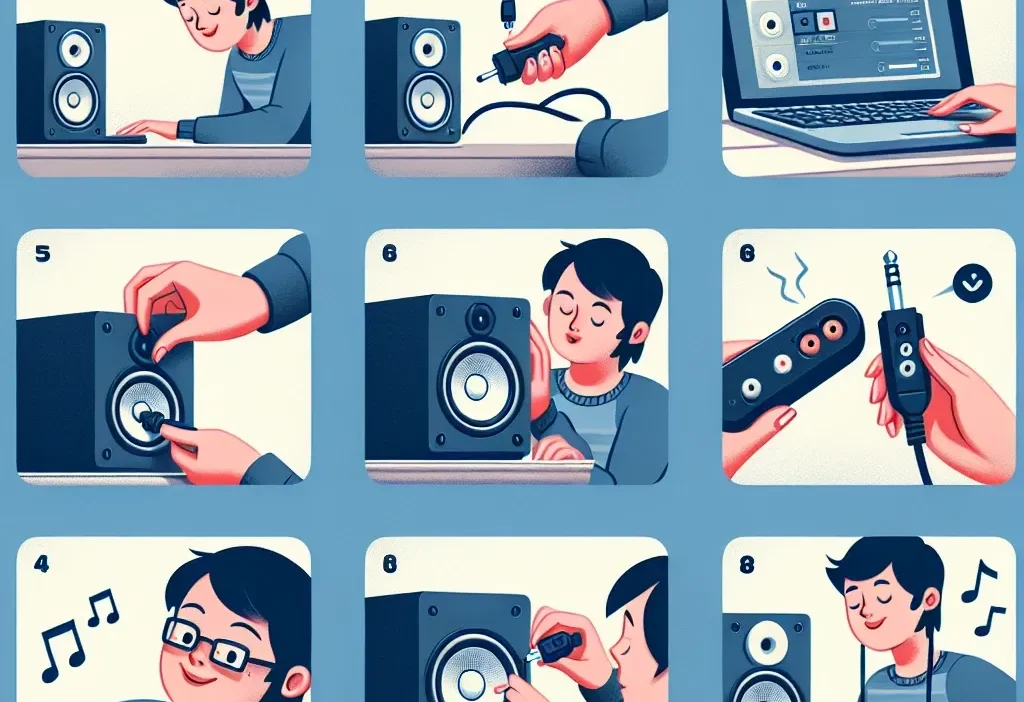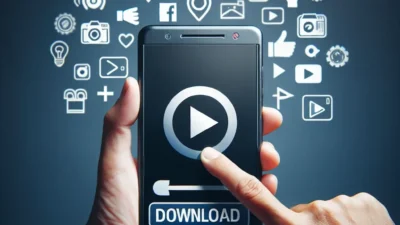Introduction
Connecting speakers to your laptop can significantly enhance your audio experience, whether you’re listening to music, watching a movie, or participating in a video call. There are several ways to connect speakers to your laptop, depending on the type of speakers and the available ports on your device. This guide will walk you through the different methods for connecting wired and wireless speakers to your laptop.
Types of Speakers and Connections
Before diving into the connection methods, it’s important to understand the types of speakers and connections you can use:
| Type of Speaker | Connection Method |
|---|---|
| Wired Speakers | 3.5mm Jack, USB |
| Bluetooth Speakers | Bluetooth Wireless |
| Wi-Fi Speakers | Wi-Fi Network |
| Smart Speakers | Wi-Fi, Bluetooth |
Connecting Wired Speakers
Using a 3.5mm Jack
- Step 1: Locate the 3.5mm audio-out jack on your laptop. This is typically labeled with a headphone symbol.
- Step 2: Connect the speaker’s audio cable to the 3.5mm jack.
- Step 3: Ensure the speakers are powered on and the volume is set to an appropriate level.
- Step 4: Select the correct audio output on your laptop. This is usually automatic, but you may need to choose the external speakers from the sound settings.
Using USB Speakers
- Step 1: Connect your USB speakers to any available USB port on your laptop.
- Step 2: Ensure the speakers are powered on. Most USB speakers draw power directly from the laptop, eliminating the need for an external power source.
- Step 3: Wait for your laptop to recognize the USB device. This might trigger an automatic driver installation.
- Step 4: Adjust the audio settings to set the USB speakers as the default playback device if necessary.
Connecting Bluetooth Speakers
- Step 1: Turn on your Bluetooth speakers and set them to pairing mode. Refer to the speaker’s manual for specific instructions on how to do this.
- Step 2: Open the Bluetooth settings on your laptop. On Windows, this can be found in ‘Settings’ > ‘Devices’ > ‘Bluetooth & other devices’. On Mac, it’s under ‘System Preferences’ > ‘Bluetooth’.
- Step 3: Turn on Bluetooth on your laptop and click ‘Add Bluetooth or other device’ (Windows) or the ‘+’ button (Mac).
- Step 4: Select your Bluetooth speakers from the list of available devices. Your laptop will pair with the speakers and set them up as the default audio output.
Connecting Wi-Fi Speakers
- Step 1: Ensure your Wi-Fi speakers are connected to the same Wi-Fi network as your laptop.
- Step 2: Install any necessary apps or drivers provided by the speaker manufacturer on your laptop.
- Step 3: Open the app and follow the on-screen instructions to connect your speakers to the laptop via Wi-Fi.
- Step 4: Select the Wi-Fi speakers as the default audio output in the app or in your laptop’s sound settings.
Troubleshooting Common Issues
No Sound from Connected Speakers
If you’re not hearing any sound from your connected speakers, try the following steps:
- Check the volume levels on both the speakers and the laptop.
- Ensure the connections are secure and the speakers are powered on.
- Verify that the correct audio output is selected in your laptop’s sound settings.
- Restart your laptop and the speakers.
- Update your laptop’s audio drivers.
Interference or Poor Audio Quality
If you’re experiencing interference or poor audio quality:
- Move the speakers closer to the laptop, especially for Bluetooth connections.
- Reduce the number of active Bluetooth devices in the vicinity.
- Ensure there are no obstacles between the laptop and the speakers that could block the signal.
- Check for interference from other wireless devices like Wi-Fi routers or microwaves.
- Re-pair the Bluetooth speakers with your laptop.
Conclusion
Connecting speakers to your laptop can be straightforward if you follow the right steps for your specific type of speaker and connection method. Whether you prefer wired connections for their simplicity or wireless options for their convenience, there are solutions available to fit your needs. By ensuring you have the correct settings and troubleshooting any issues, you can enjoy high-quality audio from your laptop.




